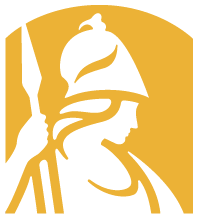Implementing High Impact Practices
Experiential learning is an excellent way to foster student success, which is the Minerva Center’s first priority.
While there are many forms of experiential learning, some best practices, policies and procedures apply to all curricular experiential education at UAlbany.
Experiential learning activities:
- Are structured, intentional and authentic
- Requires preparation, orientation and training
- Must include monitoring and continuous improvement
- Requires structured reflection and acknowledgement
- Must be assessed and evaluated
Class Visits
Instructors may request a visit from a Minerva Center staff member at any time during the semester or term. Our presentation format, length and topic(s) can be customized to your course. Request a class visit.
Project-based Learning Network
Connect with regional, national and international external partners and integrate relevant projects into your syllabus.
Undergraduate Research Resources
Recruit, hire and mentor undergraduate student researchers. Nominate students for the Presidential Award for Undergraduate Research.
Service Learning Resources
Address community needs while deepening students’ understanding of course material.
Problem-based Learning Resources
Empower your students to direct and regulate their own learning. Learn about the Common Problem Project.
Additional Resources & Research
Society for Experiential Education (SEE)
Society for Experiential Education (SEE)
- The SEE Eight Principles of Good Practice are the basis for the SUNY Experiential Education Guidelines and a valuable resource.
- The SEE Guiding Principles of Ethical Behavior serve as a reference for research, teaching and practice.
- The SEE Webinar: Use Digital Forums for Reflection provides advice on virtual experiential learning.
Virtual Experiential Learning
Virtual Experiential Learning
Critical Reflection
Critical Reflection
Critical reflection is as essential as the experiential experience itself. It ensures that students look at their experience in context and take the lessons learned into their future.


